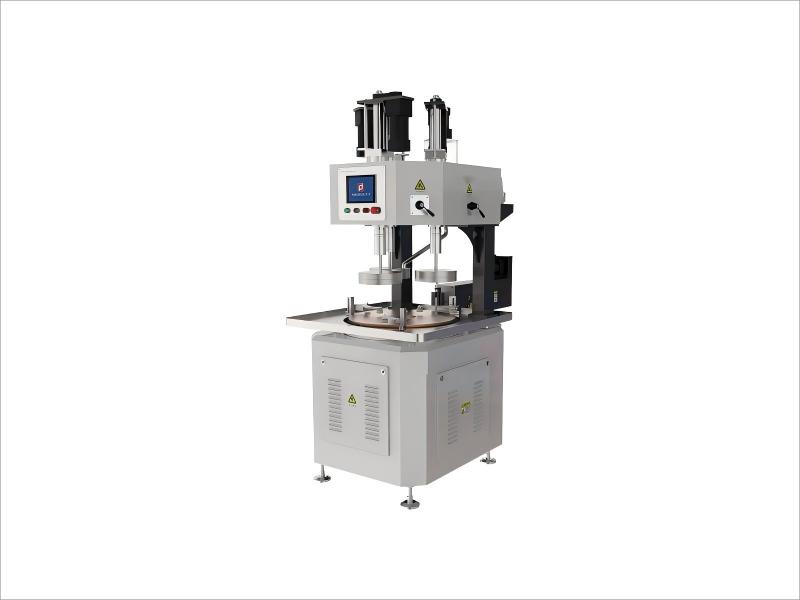It can effectively reduce the surface roughness of the workpiece and achieve extremely high flatness.In addition, by adjusting parameters of the grinding machine such as grinding pressure, grinding speed, abrasive type and particle size, it can improve workpiece precision and control processing efficiency, meeting the diverse needs of different workpieces in terms of dimensional accuracy, surface effect and processing efficiency.
Performance Indicators of high-precision grinding machine
Processing precision: As one of the core indicators for measuring the performance of high-precision grinding machines, it is usually measured in micrometers (μm) or even nanometers (nm), including dimensional accuracy and shape accuracy. For example, when processing precision optical lenses, a high-precision grinding machine can control the flatness accuracy of the lens within 0.3 μm.
Surface roughness: It reflects the micro-undulation degree of the workpiece surface after grinding, commonly expressed by Ra (arithmetic mean roughness). Through fine abrasive selection and process control, high-precision grinding machines can achieve extremely low Ra values on the workpiece surface. For instance, in the manufacturing of semiconductor chips, the Ra value of the ground chip surface can be as low as 0.3 nm or less. Such an ultra-smooth surface can effectively reduce scattering during electron migration and improve the performance and reliability of the chip.
Grinding efficiency: It refers to the amount of workpiece material removed or the grinding workload completed by the grinding machine per unit time. Grinding efficiency is closely related to factors such as the power, rotational speed, grinding pressure of the grinding machine and the cutting performance of abrasives. A high-efficiency grinding machine can complete the grinding of a large number of parts such as piston rings in a short time, improving production efficiency and reducing production costs.
Grinding disc rotational speed: It directly affects the relative motion speed between abrasives and the workpiece surface, thereby influencing the material removal rate and surface finish. Higher rotational speed can improve grinding efficiency, but it may also generate greater grinding force and heat, so it needs to be adjusted reasonably according to the workpiece material and grinding requirements. For example, when grinding high-hardness ceramic materials, appropriately increasing the rotational speed of the grinding disc can effectively improve grinding efficiency, but it must be combined with a good cooling system to prevent the workpiece from cracking or deforming due to overheating.
Grinding pressure: Different workpiece materials and grinding process requirements require different grinding pressures. When grinding brittle materials such as glass and quartz, a smaller grinding pressure is needed to avoid material chipping; for metal materials with higher toughness, the grinding pressure can be appropriately increased to improve grinding efficiency.
Machine stability: The ability to maintain precision stability during long-term continuous operation is crucial to ensuring the consistency of grinding quality. High-precision grinding machines usually adopt a high-rigidity machine body structure, a precision transmission system and advanced shock absorption technology to reduce the impact of factors such as vibration and thermal deformation on grinding precision. In the processing of aerospace components, due to the extremely high precision requirements for parts, the stability of the grinding machine is particularly important. Only a stable and reliable grinding machine can ensure that the quality of mass-produced components meets strict standards.
High-precision grinding machines are based on the principle of physical grinding. They reduce surface roughness and improve flatness through relative friction between abrasives and workpieces, and can adapt to diverse processing needs by adjusting grinding parameters. Their six core performance indicators—processing precision, surface roughness, grinding efficiency, grinding disc rotational speed, grinding pressure and machine stability—jointly determine their precision processing capabilities in high-end manufacturing fields such as optical lenses, semiconductor chips and aerospace components, and are key equipment to ensure product precision and quality.












